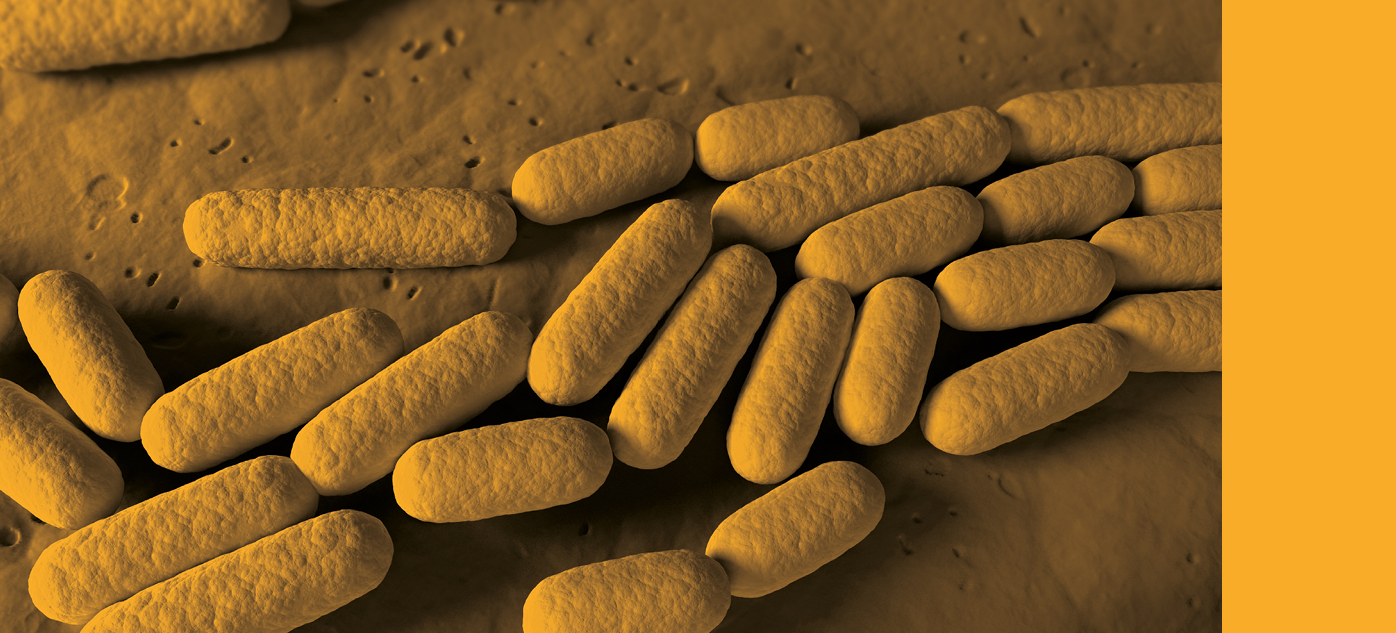New to Science: Covering the ABC's (Air-con, Bees and Cheese)
Posted on September 16, 2025 by Microbiology Society
Each month, the Microbiology Society publishes the International Journal of Systematic and Evolutionary Microbiology, which details newly discovered species of bacteria, fungi and protists. Here are some of the new species that have been discovered and the places they've been found.
Scientists have uncovered a whole new genus of actinomycete bacteria from a beehive of Apis mellifera (common name, honeybee) in Belgium. The team took samples from a variety of locations such as pollen, wax, propolis, honey and the surface of a bee, and isolated five strains of a novel bacterium, which analysis revealed to have a distinct lineage of the Micromonosporaceae family. The researchers have named the new genus and species Melissospora conviva; the name derives from the ancient Greek word for bee, melissa, which is also where the human name comes from! They also uncovered something interesting when they tried (and failed) to grow these five strains individually- each was unable to survive in the sterile culture alone but grew successfully when co-cultivated. That is because they are auxotroph, where species have lost the genes for all of the key metabolic pathways needed for survival and rely on others for metabolites, in a process known as cross-feeding. Talk about a tight-knit family! The scientists highlight that utilising techniques like co-cultivation will be key to addressing the yet-unstudied ‘microbial dark matter’ because of such complexities in culturing wild microbes in the lab.
Next up, a new sulphur-oxidising extremophile has joined the Guyparkeria genus! Guyparkeria halopsychrophila hails from the cold sulphur springs of the Axel Heiberg Island in the Canadian High Arctic. Wherever you live, the conditions will send a shiver down your spine as the mean temperature stands at -15°C, dropping below -40° C in the winter. Most fascinatingly, the Axel Heiberg springs are useful to scientists as an analogue for habitats on Mars, making the extremophiles that live there model organisms for astrobiology.
Hopping over the Pacific from Canada to China, a new bacterium with antimicrobial potential has been discovered while sampling mussels from the Seaside National Forest Park in Rizhao, a coastal city situated between Beijing and Shanghai. Researchers found that both strains of the novel Pseudoalteromonas pernae were able to significantly inhibit the growth of three bacterial species in the lab. Finding antimicrobial properties in a Pseudoalteromonas species is in fact not a complete surprise, as many others in the genus are known to exhibit such properties. One hypothesis for why is that these bacteria act as microbial shields for its host organisms, providing in-house defence against infection. Only a few studies have investigated Pseudoalteromonas species for potentially useful antibacterial metabolites. Could they be hiding a future antibiotic within their genome?
Now for a few discoveries closer to home… Bacteria discovery may not be the first thing you associate with your car air-conditioning system, but this is exactly the source from which scientists based in Suwon, South Korea have discovered two novel bacteria, Methylobacterium alsaeris and Methylobacterium carpenticola. The air-con system was taken from a Sedan that had been driven around for more than a year, catching airborne microbes while it cruised the streets. Like others in their genus, the bacteria are characterised as Gram-negative, rod-shaped and aerobic.
Finally, from the garage to the kitchen, a novel Clostridium species has been discovered in spoiled cheese: Grana Padano and Swiss Emmental, to be specific. Of course, some cheeses are famous for its delicious mouldiness, but in this case, Clostridium caseinilyticum caused an atypical defect that would not make for a good charcuterie board, such as an unpleasant odour, white spores, and degradation of the cheese structure.

